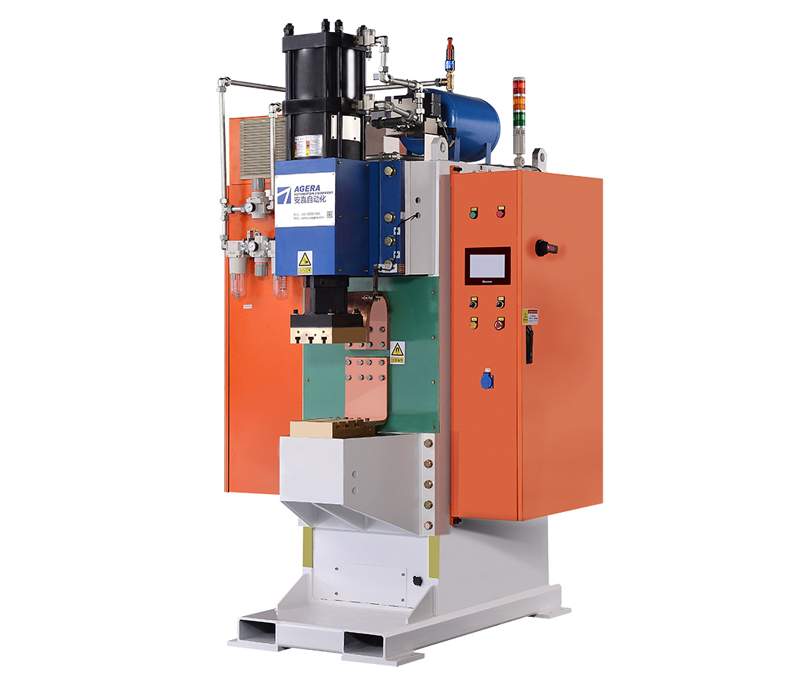An energy storage spot welding machine is a sophisticated system comprised of various components working together to provide efficient and reliable spot welding operations. This article provides an overview of the key components that constitute an energy storage spot welding system, highlighting their functions and importance in achieving high-quality welds.
- Power Supply: The power supply is the heart of the energy storage spot welding system. It provides the necessary electrical energy to perform spot welding operations. Depending on the specific application and power requirements, the power supply can be an AC or DC power source. It supplies the required voltage and current levels to facilitate the welding process.
- Energy Storage System: The energy storage system is a vital component of the welding system, responsible for storing electrical energy and delivering it when needed during welding operations. It typically comprises rechargeable batteries or capacitors capable of storing and discharging large amounts of energy in a short period. The energy storage system ensures a stable power supply during welding, especially for high-demand applications.
- Control Unit: The control unit serves as the brain of the energy storage spot welding system. It encompasses sophisticated control algorithms and user interfaces to regulate and monitor various welding parameters. The control unit enables precise control of welding current, duration, and other relevant factors, ensuring consistent and reliable weld quality. It also provides feedback mechanisms and safety features to protect the system and prevent welding defects.
- Welding Electrodes: The welding electrodes are the components that physically deliver the electrical current to the workpieces being welded. They are typically made of high-conductivity materials such as copper or copper alloys to minimize resistance and heat generation. The electrodes come in various shapes and sizes, depending on the specific welding application and workpiece dimensions.
- Clamping System: The clamping system secures the workpieces in the correct position during the welding process. It ensures proper alignment and firm contact between the electrodes and the workpieces, allowing for efficient energy transfer and achieving precise welds. The clamping system may incorporate pneumatic or hydraulic mechanisms to provide the required clamping force and ensure consistent electrode pressure.
- Cooling System: During spot welding operations, heat is generated at the welding interface and in the electrodes. A cooling system is employed to dissipate this heat and maintain optimal operating temperatures. It may consist of water or air cooling methods, depending on the power and intensity of the welding process. Proper cooling prevents overheating and ensures prolonged equipment lifespan.
An energy storage spot welding system is a comprehensive assembly of components designed to provide efficient and high-quality spot welding operations. With a power supply, energy storage system, control unit, welding electrodes, clamping system, and cooling system working in harmony, this system offers precise control, reliable performance, and consistent weld quality. Manufacturers continue to refine and enhance these components to meet evolving industry demands and deliver optimal welding solutions.
Post time: Jun-09-2023



